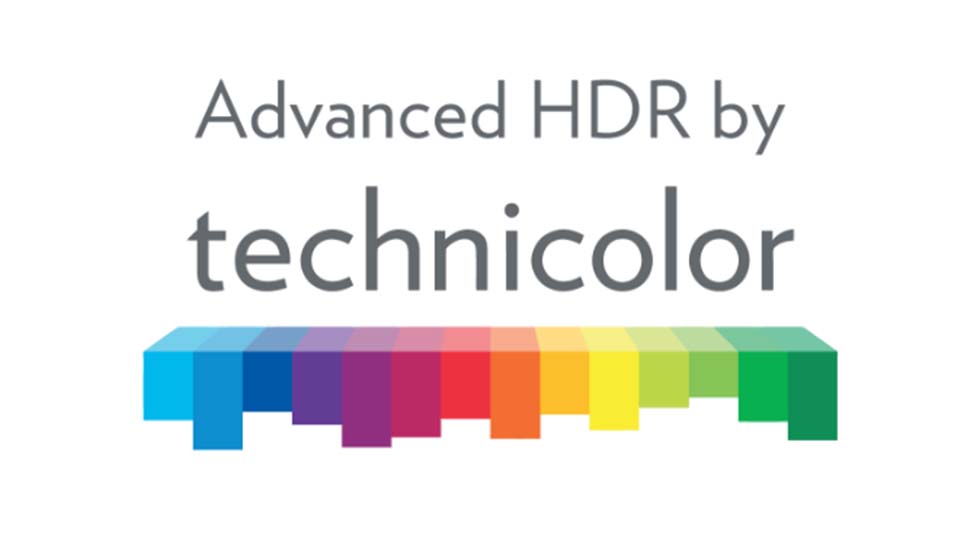Europe launches online TV exhibitions
Europe’s audiovisual archives are being opened up to a wider audience through a common metadata framework based on the EBU's EBUCore metadata standards.
This is happening through a project called EUscreen promoting use of television content to explore Europe's cultural history. It is creating access to over 30,000 items of program content and information, and working with the Europeana portal — a single access point to books, paintings, films, museum objects and archival records that have been digitized throughout Europe.
The new development is a set of tools designed for online exhibitions, enabling insertion of multimedia materials from different archives and content providers. The aim is to enable users to find original items more easily, share links and get in touch with the content providers themselves. According to the EBU, its EBUCore metadata standards are making this possible, through the use of common metadata across the various archives that feed into the project.
The key point is that although a lot of the relevant AV content in archives is already digitized or soon will be, with some of it available online, access is difficult, with material scattered among different sources or portals. EUscreen was set up to develop a single content selection policy and metadata framework that aligns these heterogeneous digital collections held throughout Europe. This includes online collections of millions of digitized items from European museums, libraries and archives.
EBUCore has been constructed from available standards where possible, being founded on the World Wide Web Consortium(W3C)’s XML designed to facilitate interoperability and interaction between multimedia files and documents over the Internet. It embraces both technical metadata for use during production and transmission, and descriptive metadata to help with content search and discovery.
The descriptive element is the main focus of the EUscreen project, invoking XML-based descriptive elements and data types that reflect the intrinsic structure of AV content, or essence, from program groups down to individual shots or audio channels. It provides a standard way of representing and exchanging such information, making it available for identification of content on the basis of specified search criteria.
No standard, though, can automatically create rich metadata that will describe every element of AV content that may be of interest to users, which could potential drill down into individual frames. To some extent, metadata creation is an endless project, with potential for continually refining the information to enable more sophisticated search and recommendation. Therefore, it will be some time before projects such as EUscreen can fully deliver on their promise to liberate the huge archives of content that exist. But, at least with EBUCore and other rival metadata frameworks, they now have some of the tools for the task.
The professional video industry's #1 source for news, trends and product and tech information. Sign up below.
Several broadcasters have already adopted EBUCore in their asset management systems, and, in some cases, have adapted it to their own requirements. For example, MediaCorp, the Singapore based media group, has adapted EBUCore for its SMMCore metadata specifications.
